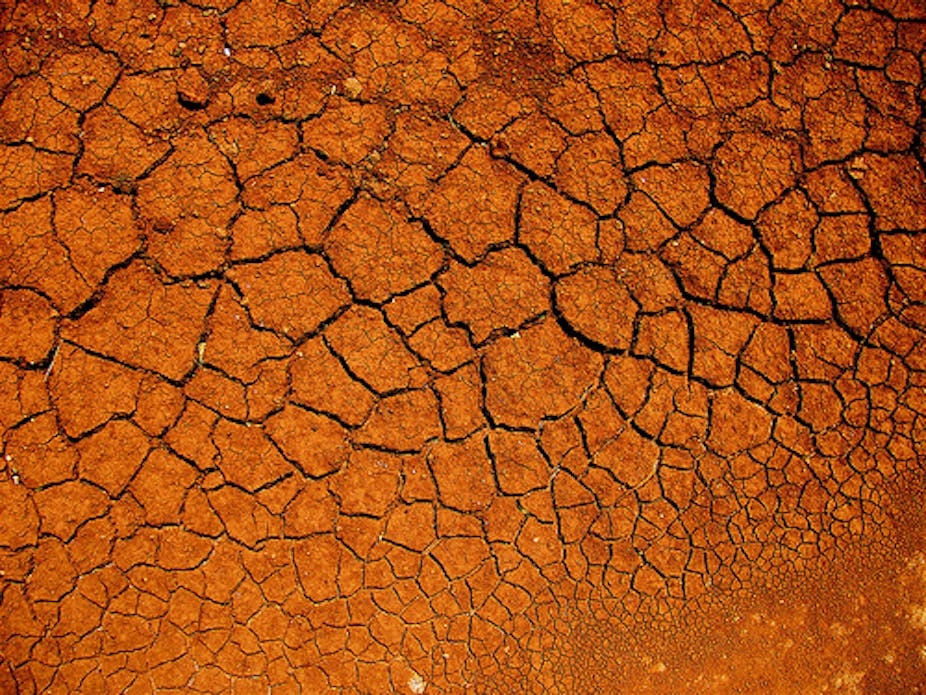The flurry of media that followed Julia Gillard’s announcement of the carbon price plan on Sunday had a clear, simple message. How much will you pay, and how much will you get back?
But the introduction of a price on carbon emissions is more than just a tax. It’s one of the most important policy reforms of the decade, and will have consequences that reach far beyond the household budget. The tax and subsequent emissions trading scheme have implications for Australian biodiversity, agriculture, businesses, and even the way we see ourselves. So what will Australia look like after July 2012?
Diann Rodgers-Healey, Lecturer, University of Wollongong
It is apparent that certain sectors of the community do support Gillard’s policy; this is indicated by the recent survey by the Economic Society of Australia. But can we think of these issues less as questions about money and individuals, and more as questions about the greater good for all, valuing all life and our relationship with the planet?
In doing this, driving change will not be linked to money, but to values. Leading the electorate in this issue will be transformational rather than transactional.
Australia’s leadership will not be about a nation losing its competitive advantage, but about inspiring us to take steps to secure the planet before it is too late.
Rod Keenan, Director, Victorian Centre for Climate Change Adaptation Research Centre, University of Melbourne
Linking investment in the land with emissions trading is a major outcome. The plan represents a significant boost to land and natural resource management, and to research and skill development. Funds for land management have been scarce since the Natural Heritage Trust was wound up some years ago. Many felt that an opportunity was missed to provide a flow of funds from the GST to land and water management (perhaps by applying the GST to food). If future governments can maintain this connection it will be valuable long-term commitment.
Chris McGrath, Senior Lecturer, Environmental Regulation, University of Queensland
The Clean Energy Future plan is a positive step but it is still inadequate if we want to preserve a planet in which the Great Barrier Reef and other coral reefs exist in anything like their current form. Inadequate policies rarely last because reality knocks on the door. The carbon tax and Australia’s overall policy of reducing direct emissions by 5% by 2020 will be only a warm-up event in responding to climate change. Our policy response should be expected to escalate rapidly in the future as severe impacts of climate change are felt. Tragically, we are choosing a crisis-driven response rather than a proactive one.
Zareh Ghazarian, Lecturer, School of Political and Social Enquiry, Monash University
If Mr Abbott was to win the next election his government would presumably have to negotiate with the Greens in the Senate to dismantle the policy. At the moment, this would appear to be an almost impossible outcome.
Despite this, Mr Abbott has seemingly staked his political future on opposing the carbon tax. Recent comments by Malcolm Turnbull, which hint he is less than enamoured with his party’s policy, highlight some divisions that exist within the Liberals.
While the government has been down in the opinion polls, there are two years until the next election is due. Time is on the government’s side.
Andrew Campbell, Director, Research Institute for Environment and Livelihoods, Charles Darwin University
It is extremely welcome that the threats posed by climate change to Australia’s biodiversity — not just to icons like the Reef and Kakadu, but much more broadly — have been recognised explicitly in this package. Chronic, insidious and diffuse threats such as weeds, feral animals, and altered fire regimes and water flows, are all likely to be exacerbated by climate change. At face value, a package that encourages greater storage of carbon in Australian landscapes should be good for biodiversity conservation, and for soil health and water quality.

